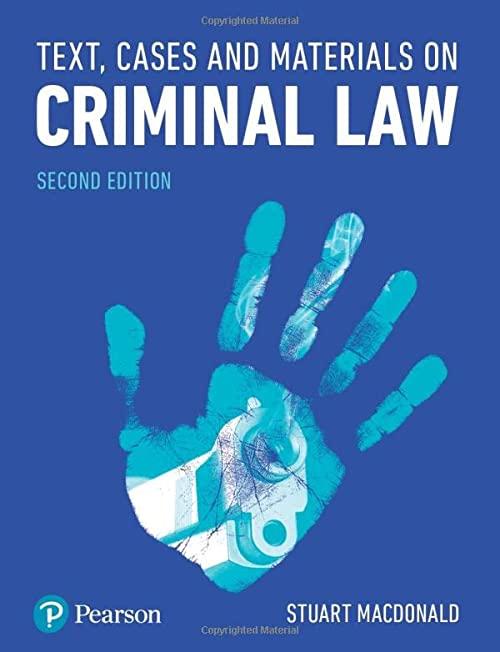Please help explain why the answer in the picture is correct. To me it seemed like the answer should be A because it doesn't seem like the author talks about the falling short of the phenomenon the entire time. That doesn't seem to be the big picture.
Also, for answering "the author is primarily concerned with" questions in the future, how would you suggest going about these? What should I look for to help me find the answer?
Physicists are often asked why the image of an object, such as a chair, appears reversed left-to-right rather than, say, top-to-bottom when viewed in a mirror. Their answer is simply that an image viewed in a mirror appears reversed about the axis around which the viewer rotates his or her field of sight in turning from the object to its reflected image. That is, the reversal in question is relative to the position and orientation of the observer when the object is viewed directly. Since we ordinarily rotate our field of sight about a vertical axis, mirror images usually appear reversed left-to-right. This is the field-of-sight explanation. However, some physicists offer a completely different explanation of what mirrors "do," suggesting that mirrors actually reverse things front-to-back. If we place a chair in front of a mirror we can envision how its reflected image will appear by imagining another chair in the space "inside" the mirror. The resulting reflection is identical to, and directly facing, the original chair. The most notable thing about this 92898 898 8Biz8 869 All content @ 2019 Law School Admissions Council, Inc. All rights reserved. explanation is that it is clearly based on a false premise: the chair "inside" the mirror is not real, yet the explanation treats it as though it were as real and three dimensional as the original chair. This explanation appeals strongly to many people, however, because it is quite successful at explaining what a mirror does-to a point. It seems natural because we are accustomed to dealing with our mental constructs of objects rather than with the primary sense perceptions on which those constructs are based. In general, we can safely presume a fairly reliable equation between our perceptions and their associated mental constructs, but mirrors are an exception. They present us with sense perceptions that we naturally construe in a way that is contrary to fact. Indeed, mirrors are "designed" to make a two- dimensional surface appear to have depth. Note, for example, that mirrors are among the few objects on which we almost never focus our eyes; rather, we look into them, with our focal lengths adjusted into the imagined space. 92898 8989 89228 18619In addition to its intuitive appeal, the front-to-back explanation is motivated in part by the traditional desire in science to separate the observer from the phenomenon. Scientists like to think that what mirrors do should be explainable without reference to what the observer does (e.g., rotating a field of sight). However, questions about the appearances of images can be properly answered only if we consider both what mirrors do and what happens when we look into mirrors. If we remove the observer from consideration, we are no longer addressing images and appearances, because an image entails an observer and a point of view. 99978 89898988 98891 All content G 2019 Law School Adminions Council, Inc. All rights reserved. D Search ey to 10- 24. In the passage the author is primarily concerned for with doing which one of the following? on e A evaluating the experimental evidence for to the and against two diametrically opposed A explanations of a given phenomenon ack demonstrating that different explanations of the same phenomenon are based on B he irrors different empirical observations at describing the difficulties that must be C sider 109 showing why one explanation of a phenomenon falls short in explaining the D phenomenon 18 98 97 18 19 20 21 22 23 24 28 26 27 ( X X 10:33 AM 10/16/2019 relating the theoretical support for an E explanation of a phenomenon to the acceptance of that explanation 16 97 18 19 20 21 22 28 24 26 10:33 AM









